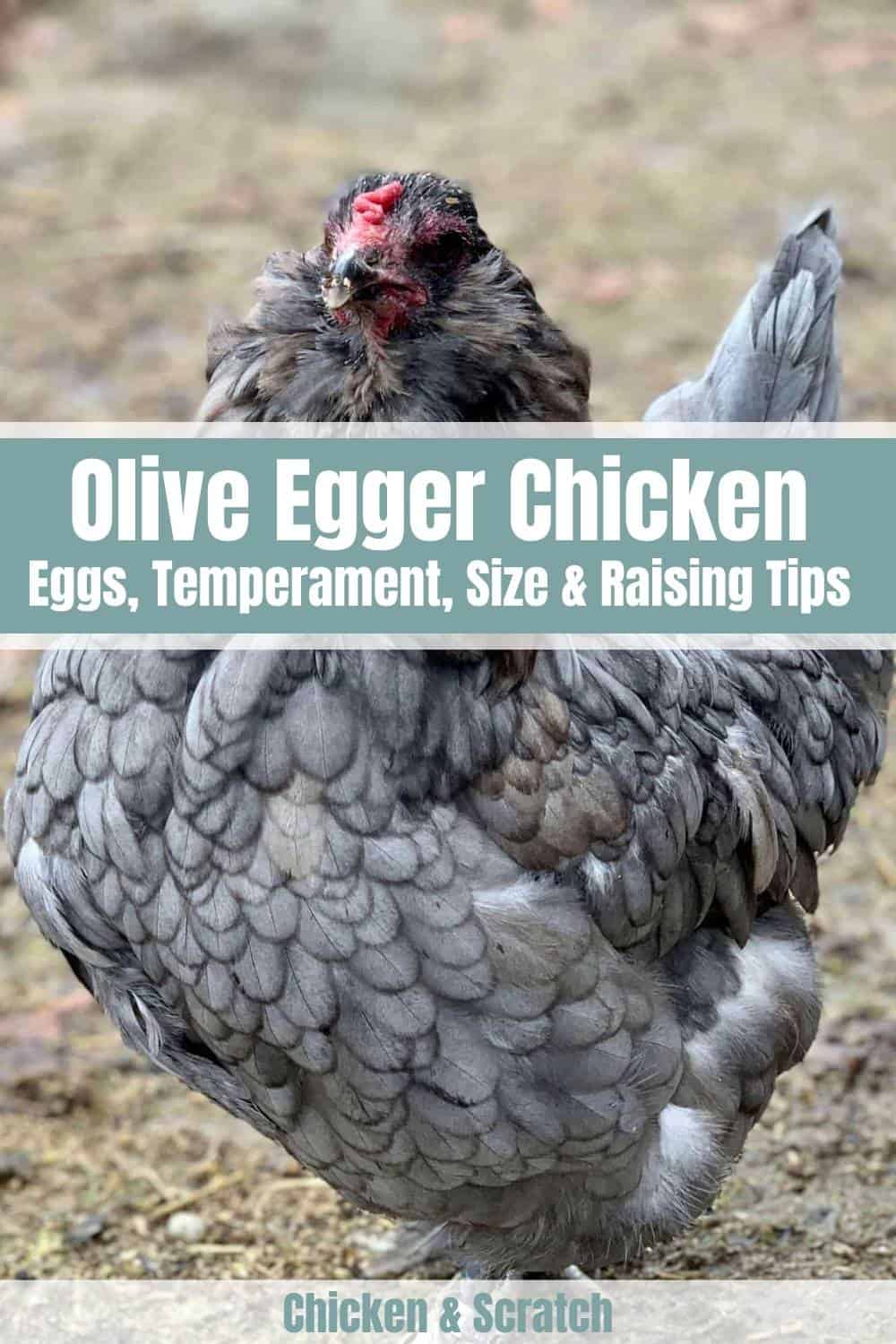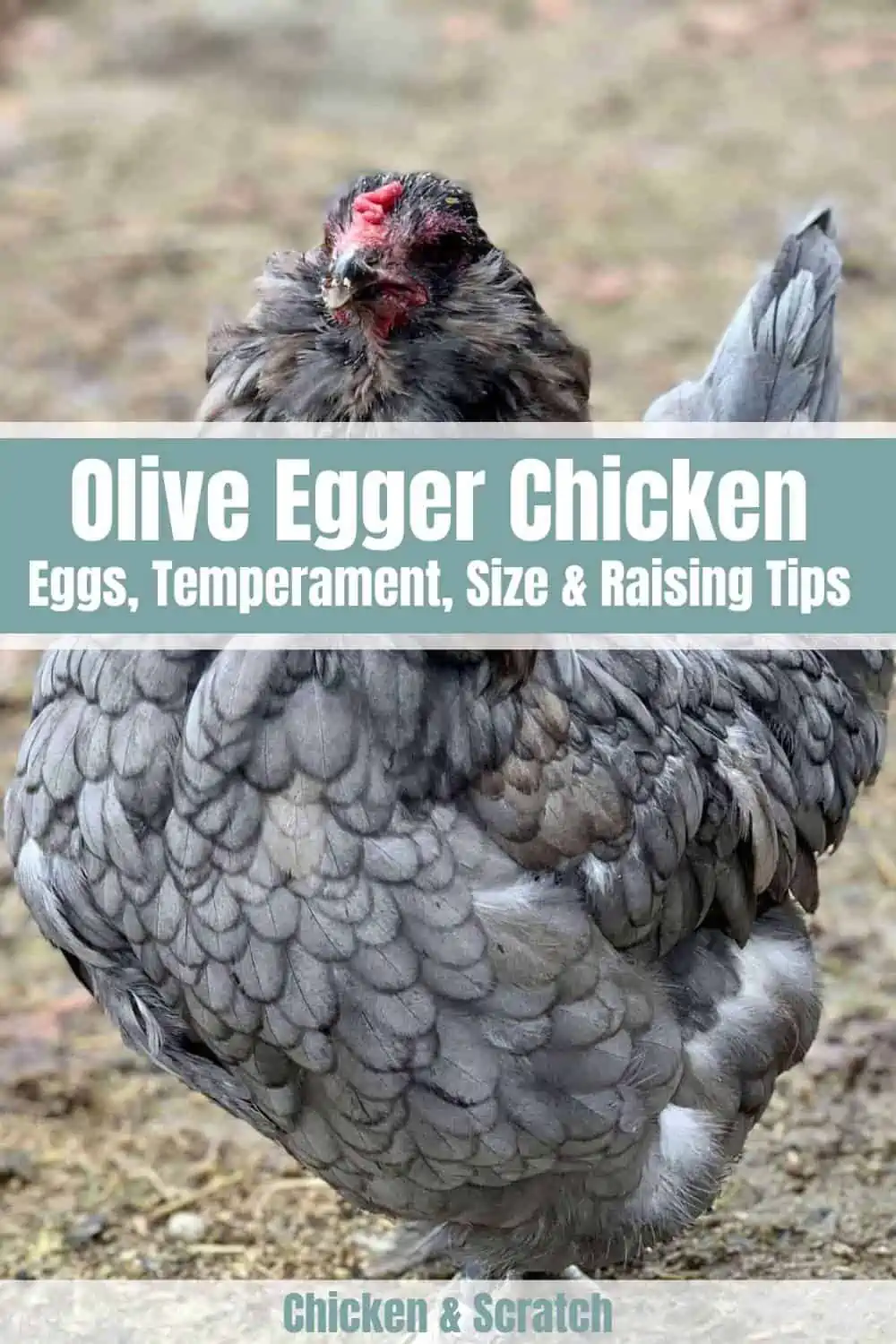Olive egger chickens can be new and unfamiliar for some. There are various breeds of chickens, and this one is on the list of chickens that have mixed breeds. Technically, it is not a specific breed but a hybrid.
Olive egger chickens are a result of crossing a brown egg-laying breed, such as Marans, with a blue egg-laying breed, like Ameraucanas or Legbars. In other terms, it is crossing breeds, namely a cockerel from the line of brown eggs stock and a hen that produces blue eggs. These chickens are usually raised to get an exciting kind of egg, olive-colored eggs. The color variation adds up to the egg cartons’ aesthetic and value.
Overview and Characteristics of Olive Egger Chickens
| Feature | Olive Egger Chicken |
| Purpose | Dual purpose (eggs and meat) |
| Egg Color | Olive, Brown, Blue |
| Egg Size | Medium to Large |
| Broody | Varies depending on parent breeds |
| Heat Tolerance | Yes |
| Cold Tolerance | Yes |
| Comb Type | Pea comb (common) or other types depending on parent breeds |
| Egg Production | 140 – 200 eggs per year |
| Chicken Skin Color | Varies depending on parent breeds |
| Life Span | 5 – 8 years |
| Adult Weight (Hen) | 6 – 7 lbs |
| Adult Weight (Rooster) | 7 – 8 lbs |
| Backyard Friendly | 4/5 |
Tired of the standard white or brown chicken eggs? Well, maybe an Olive Egger can be a new, fun, and exciting way you can spice up your flock.
Unlike your common breeds, Olive Eggers are not a standard one that any organization regulates. Instead, the term refers to a variety of Easter Eggers, which are chickens that lays different colored eggs; one of them is olive.
The Olive Eggers are mostly for enthusiasts and novelty purposes. Due to the intricate process of making this variety of Easter Eggers, it can also be a bit rare to find. That said, if you’re interested in adding this unique chicken to your flock, then read further!
Background and History of Olive Egger Chicken
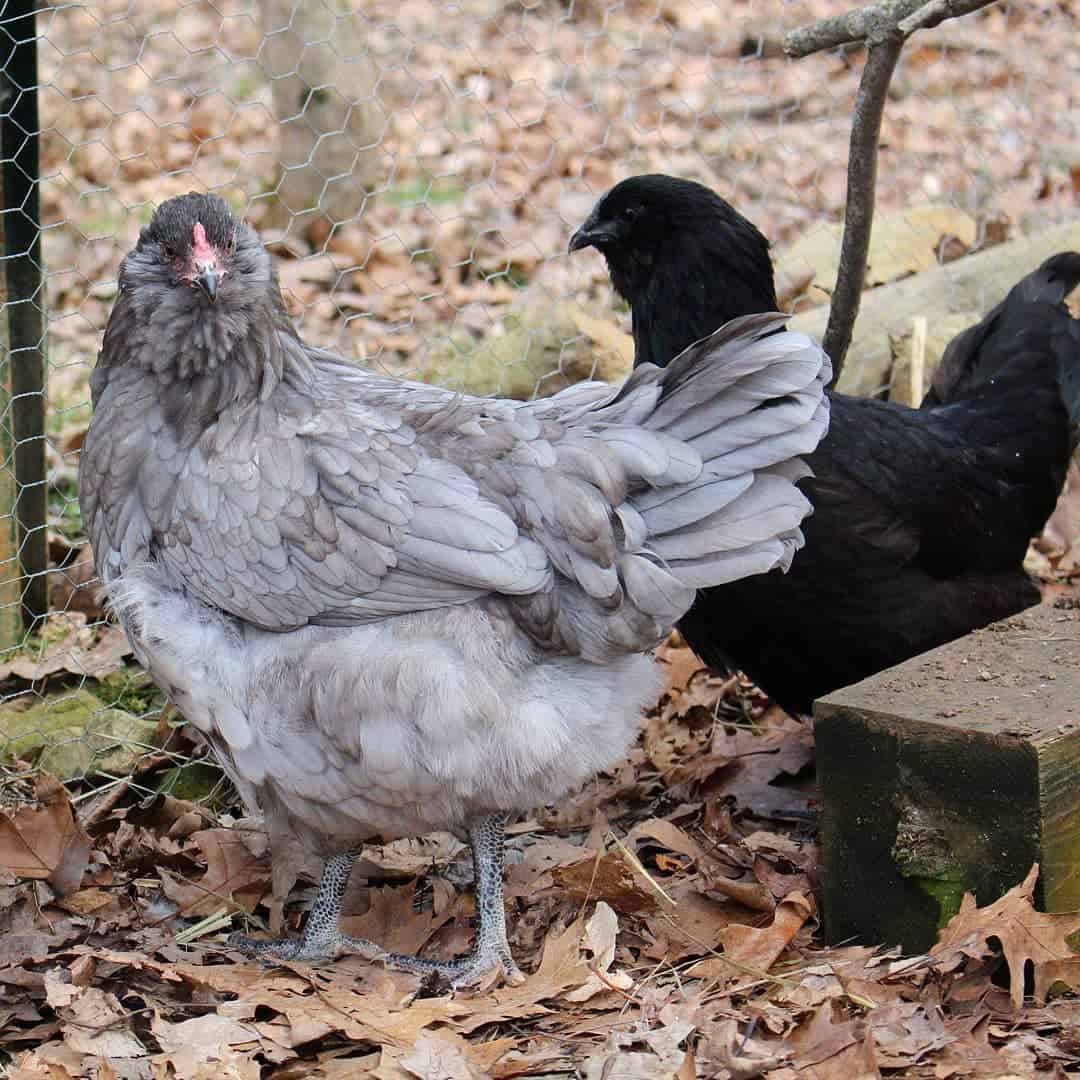
Olive egger chickens are interesting hybrids that are adaptable and can live in almost any part of the world. It has been a while since breeding chickens have become something sought after as the popularity and demand for colored eggs have also increased.
The eggs that these chickens lay spark a sense of excitement and have become high in order because of their uniqueness. Olive egger chickens are a combination of two chicken breeds. Cross-breeding has been giving the market fresh and new products when it comes to poultry.
The first cross-breeding activities date back to around 1842 when Chinese breeds were transported to England. This breed was then crossed with the local chicken breeds in England. This is where the “hen fever” or “the fancy” was birthed.
This phenomenon involved European farmers dedicating their time to breeding new varieties of chickens. They experimented with the results and the new types by cross-breeding chickens with specific combinations of traits.
With the series of discoveries, the experiment has spread as more scientists became interested in the process of cross-breeding.
Introducing new genetic material through cross-breeding often results in more robust and adaptable offspring. The hybrid chicks and soon-to-be chickens are usually bound to be more robust and more adaptable because of their parents’ combination.
While this emphasizes the strength of cross-breeding and creating olive egger chickens, this reality is not the same for all hybrids. Perhaps, this is why the cycle of trial and error is always on the roll in terms of production.
Olive Egger chickens are certainly among the more interesting hybrid breeds in the poultry world. Their eggs are in high demand in the market because of their fresh and pleasing shades of colors.
Breed Standard and Appearance of Olive Egger Chicken
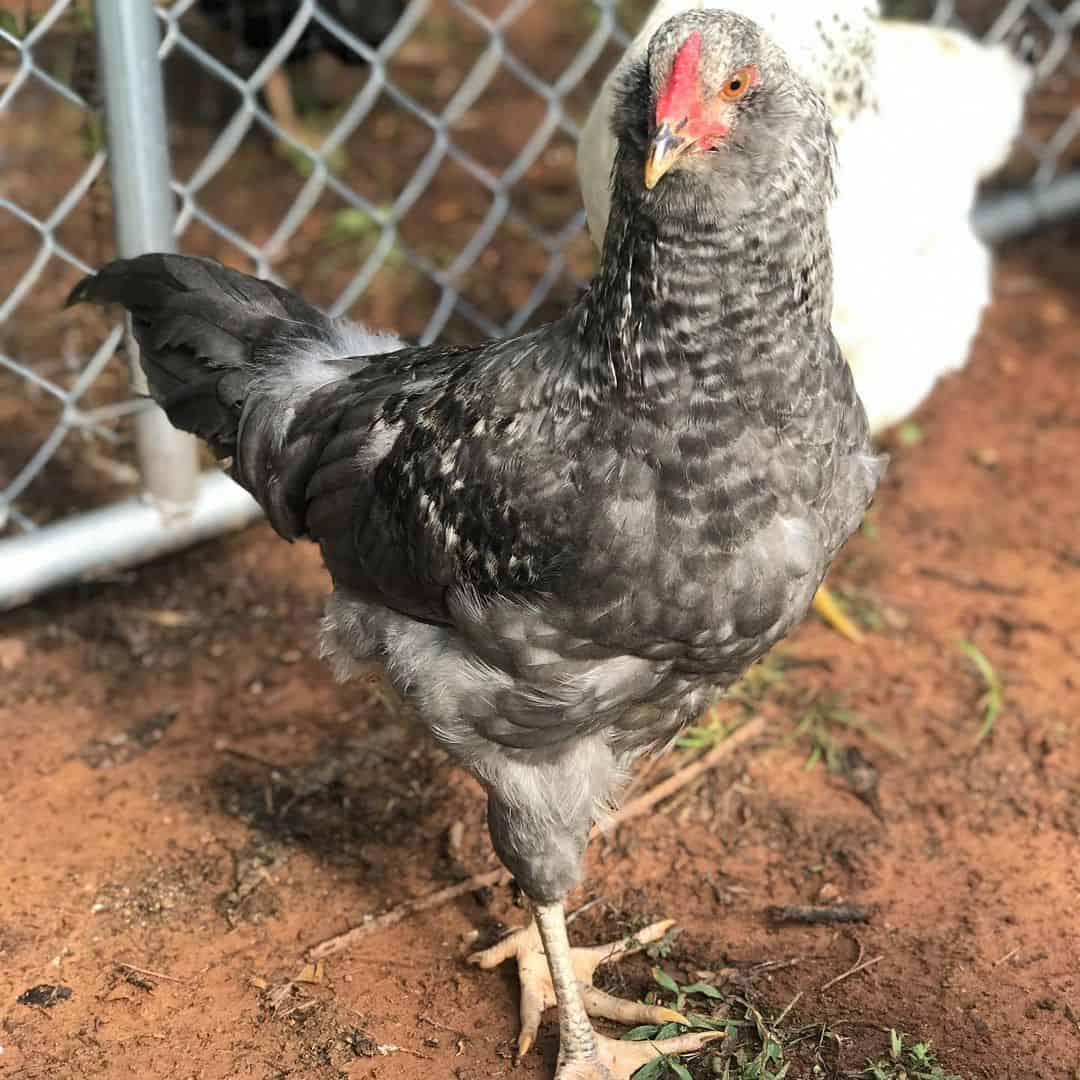
The appearance of an Olive egger chicken will, of course, depend on the breed of their parents. Olive egger chickens are usually produced by crossbreeding brown egg layers and blue egg layers. Here is a breed list that results in olive egger chickens.
Blue egg layers can be the following:
Brown egg layers can be the breeds namely:
- Barnevelder
- Empordanesa
- Marans
- Penedesenca
- Welsummer
Breeding olive egger chickens is an activity that garners a lot of possibilities. The possibilities are rich and exciting too. Having a specific goal concerning the product you want helps you choose and assess what chickens to use.
Olive egger chickens are not the type to be exceptionally huge chickens. They are just along with the average sizes of chickens. The average weight of an olive egger hen ranges from 6 to 7 pounds. On the other hand, roosters’ weight ranges from 7 to 8 pounds.
The main characteristic of a particular olive egger chicken inducing its color, size, and weight depends on the combination of breeds of its parents. Thus, there is no specific color that is true for all olive egger chickens. These types of chicken may or may not have the following features:
- Pea combs
- Muffs
- Beards
- Feathered legs
- Rumpl-less
Feathers for olive egger chickens can vary in many ways, including their patterns. Most usually, these chickens have beards, muffs, and crests. On the other hand, it is also possible for olive egger chickens to lack these characteristics or features. As mentioned earlier, these chickens are diverse.
Different combinations result in other appearances in these types of chickens. Hybrids can look different from one another, considering their parental breeds. Thus, if you are looking for a heterogeneous flock, hybrids like olive egger chickens may not be suitable for your liking.
Olive Egger Chicken and Their Personality and Temperament
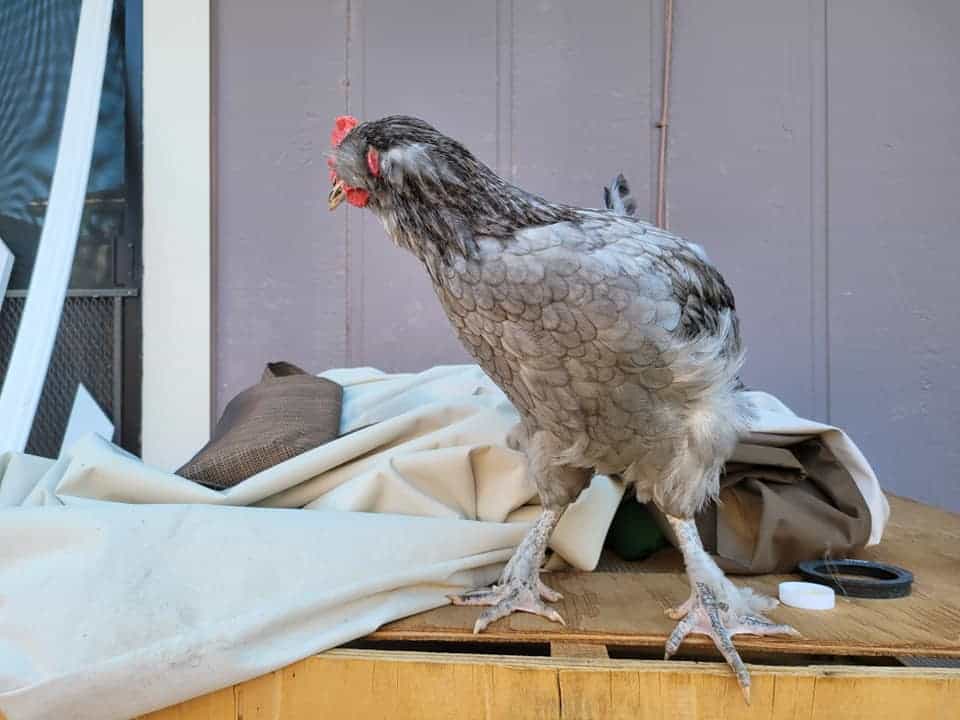
Olive egger chickens are the types to be friendly. These types of chickens are docile and mild. These chickens are practically harmless. Chickens with Welsummer as a mix are more likely to grow into intelligent chickens. This type of chicken has a high tendency or urge to produce and incubate eggs. Which, by the way, is suitable for the owner.
Contrary to popular belief of roosters being aggressive, olive egger roosters are docile. However, this does not mean that they can’t fight for their flock. In fact, olive egg roosters make an excellent flock protector.
One personality does not fit all Olive Eggers. Their personalities also vary because they are mixes of different breeds. Different combinations can result in different outcomes, and this includes how they act around people or their characters.
One of the ways to determine a chicken’s personality is, of course, through assessing its parents. Knowing the parent’s breed will allow you to have an idea as to how the resulting hybrid will behave.
Nothing is inevitable as the variations are not as fixed. But basically, combining two breeds that have good personality and friendly nature will more likely produce an offspring that also has a good character and friendly nature.
Again, there’s no personality that goes for all because these creatures are unique in their own way too. However, the majority of Olive Eggers are friendly and easy to tame. Just like with dogs, Olive Eggers can also be easily tamed by giving them treats.
Olive egger chickens are relatively very easy to raise. Integrating olive eggers into your currently existing flock is also a good idea as they are effortless to take care of. They can withstand a variety of environments. They can adjust and be compatible with a lot of climates and weather.
Egg Laying of Olive Egger Chickens
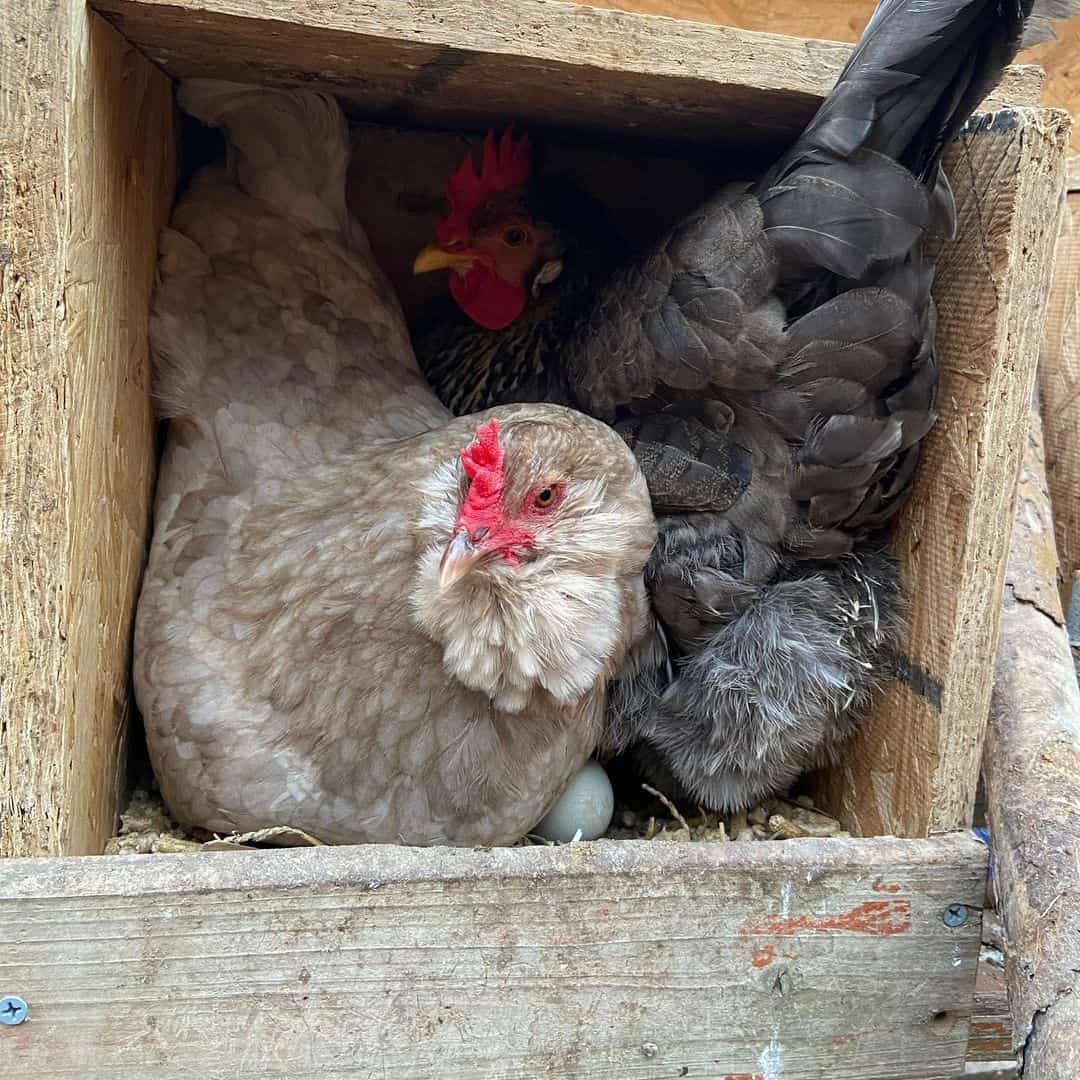
| Egg Size | Medium |
| Egg Color | Olive |
| Egg Laying | Good |
| Cold Hardy | Yes |
| Egg Production | 140 to 200 eggs |
Throughout the year, an Olive Egger chicken can lay between 140 and 200 eggs. Again, this is also dependent on the breeds of its parents. While chickens who lay eggs of darker shades of brown allow for more vibrant green and olive colors when combined, their genes also limit the chicken’s productivity. You can typically expect these chickens to lay an egg every two days or three eggs a week.
Olive egger chickens start their egg-laying activities relatively young. They usually begin when they are 5 to 6 months old, producing 4 to 5 eggs per week. Their eggs and the colors are part of the excitement of mixing different breeds.
Olive Egger Chicken Eggs and The Variety of Colors
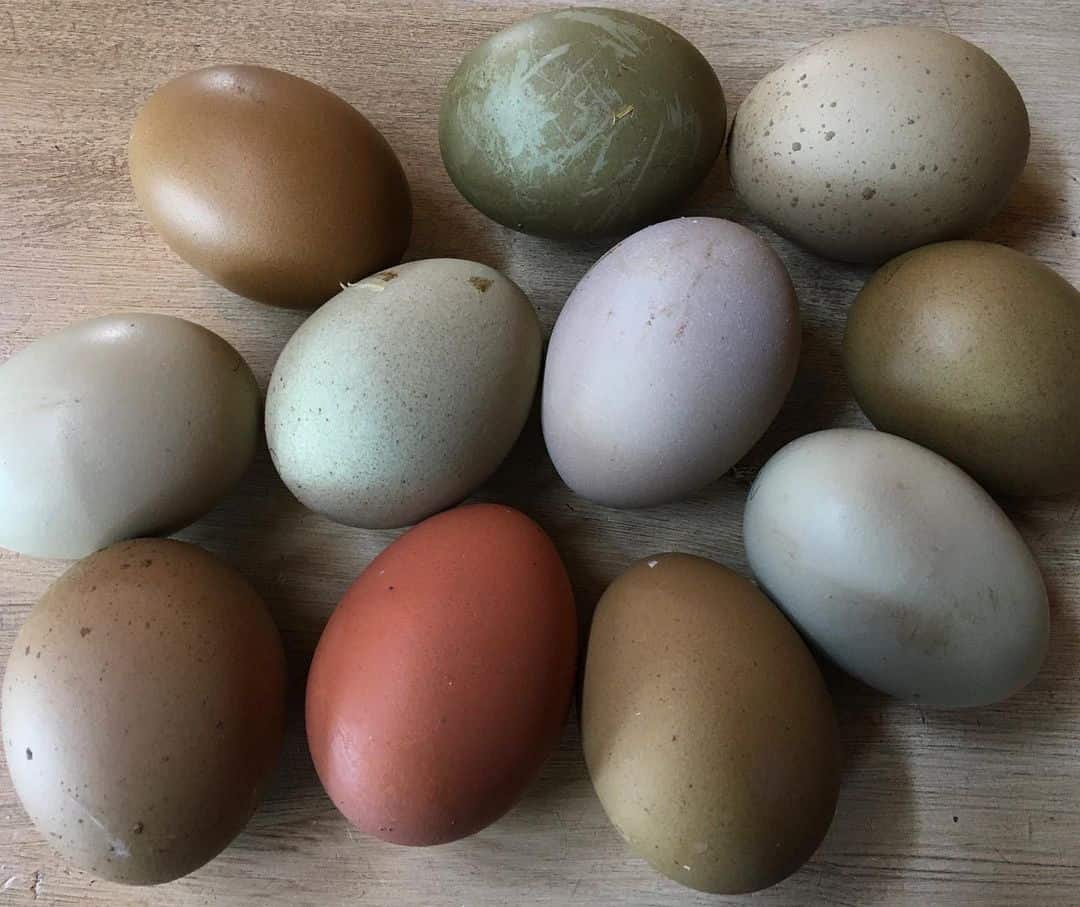
Olive egger chickens can produce eggs of various colors. These colors can range from browns and different shades of green and olive tones. The higher intensity of the brown egg layer determines the rich color of the olive egger chicken’s egg.
A darker brown shell produces eggs with richer colors. On the other hand, using a chicken with eggs in the lighter shade of the brown spectrum results in an F1 generation. This generation lays eggs with lighter shell colors leaning in the khaki shades.
Olive Egger Chicken Health Issues and Care
Chickens battle a lot of danger once they start their journey on Earth. They can catch diseases, be vulnerable to predators, or get affected by pests that may coexist with them. Chickens can be susceptible to infections, too, just like how humans can catch and are exposed to diseases.
It can be hard to spot the underlying health issues your chicken has, so it pays to know the basics. This way, you can prevent these diseases from taking over your flock. The following are some common diseases that pester chickens.

Fatty Liver Hemorrhagic Syndrome (FLHS)
This disease is commonly caused by toxicological, nutritional, or hormonal factors. This disease attacks the chicken’s liver and eventually pushes your chicken’s health to the edge.
The most common symptom of this disease is your chicken having an unusually pale comb. This can also manifest in gaining weight, being lethargic, and not being their energetic selves. Slowed egg-laying intervals are also one of FLHS’ symptoms.
While you can treat your chicken via home remedy, it’s still beneficial to go to the vet and get them checked for you to be able to pinpoint and know what to do. For treatment, here are some of the things you can do following.
- Incorporate biotin-rich food in their feed to improve their metabolism.
- Limit your chicken from fatty foods.
Diarrhea
Diarrhea is one of the common diseases that affect chickens. While the commonness can lower your guard, this disease is not to be taken lightly. Common symptoms for this are the change in your chicken’s droppings.
The standard color should be brown and a part white because of the urine. However, when you see that their droppings have changed into something yellow, foamy, and accompanied by blood, your chicken probably is suffering from diarrhea.
One of the more manageable steps to take is to give them water to rehydrate. However, if all remedies fail, it’s best to consult a vet immediately.
Provide More Calcium
As Olive Egger chickens focus mostly on egg-laying, this nutrient is more needed in your flock. Consuming additional calcium levels will enable Chickens to produce strong eggs with thick shells to prevent cracking. It also enhances fertility in hens by providing minerals essential for proper development as they grow stronger and healthily.
Providing more calcium is crucial to egg-laying chickens because it helps strengthen their shells. A lack of adequate calcium can lead to brittle eggs that may break during the egg-laying process, resulting in an increased risk of infection and decreased reproductive success. Your production can also be a lot more sparse with very low egg yields.
You can do this by feeding them quality feed or oyster shells regularly. Make sure that they can get their needed calcium content, especially if egg production is your focus.
5 Tips For Raising Olive Egger Chicken
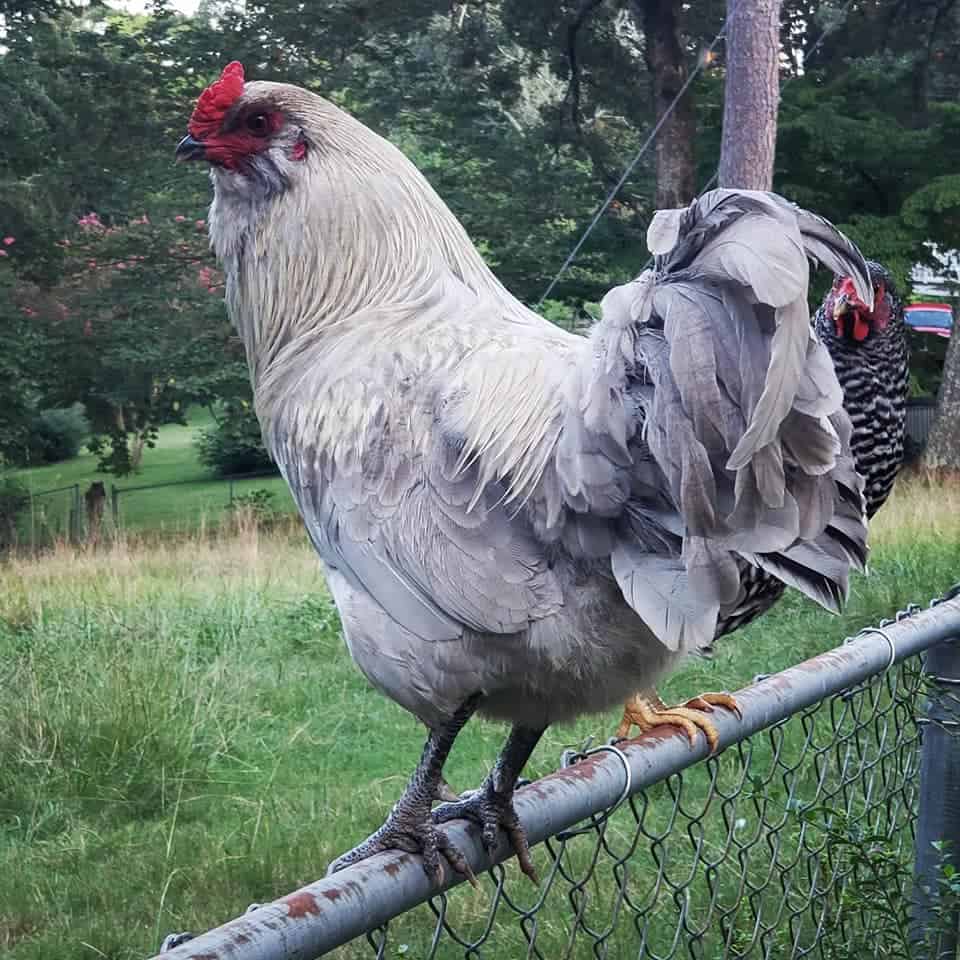
1. Create a Secure and Spacious Outdoor Area for Roaming
Just like people, chickens enjoy wandering around and pecking up food from the ground. When taking care of olive egger chickens, you can provide a space outside for your chickens to roam around.
However, letting them roam in an unprotected area can be dangerous, especially due to the risk of predators. To avoid this, it would be good to create a fence where you can feel safe about them and at the same time give them the freedom they need.
2. Provide Comfortable Nesting Boxes and Proper Housing
Chickens also like to have good homes just as humans do. It would be beneficial to build nesting boxes for chickens to sleep in, and for hens to lay their eggs.
3. Keep the coop clean
A clean environment is both an advantage for you and for your flock. Clean coops keep them away from diseases caused by too much dirt and bacteria. Cleanliness also aids with controlling the smell of the coop.
4. Ensure Easy Access to Food and Water Supplies
Make sure the basic needs of your chickens are accessible. Things like water and food should be provided for them. You can assign a specific place where you leave their healthy feeds and water.
This way, your flock will maintain their good health and avoid getting malnourished. Chickens can easily be dehydrated. It’s helpful to make sure to refill every wafer trough or space where water is supplied several times a day. They like cool drinks too!
5. Offer Nutritious Fruits and Vegetables for a Balanced Diet
Chickens also feast on fruits and vegetables! It would be delightful to share some of the leftovers with your chickens. These will provide them with new and more nutrition helping them go stronger and better.
Summary
Chickens have accompanied the human race for as long as anybody can even imagine. They have evolved from one form to another and have changed in many ways in the past years. Different breeds come in different sizes and colors.
Each of these breeds can be crossed with another to produce hybrid chickens. Over time, these hybrid chickens begin to lay various types of eggs. In most cases, eggs with attractive shell colors are just like olive egg chickens.
Olive egger chickens can come in many shapes and sizes. They can have different features from each other in relevance to their parents. Perhaps, this is one of the exciting things about cross-breeding.
Cross-breeding can bring about anticipation and thrill, and eggs with olive and green shades are becoming more in demand as it colors the egg cartons. Indeed, these chickens bring extra color to the poultry world.
Olive egger chickens are just like every other type of flock. They need to be taken care of, and as an owner, you need to stay alert to protect the well-being of your community. Each and every one of them can differ in their personalities, but they require care all the same.


Joseph Hudson has been raising chickens for over 15 years. In 2018, he completed the Agriculture & Natural Resources program at Mt. San Antonio College. He currently raises over 1400 chickens on his 7.5-hectare farm. He keeps sharing his experience on raising healthy and happy chickens on Chicken Scratch The Foundry.
